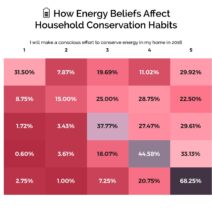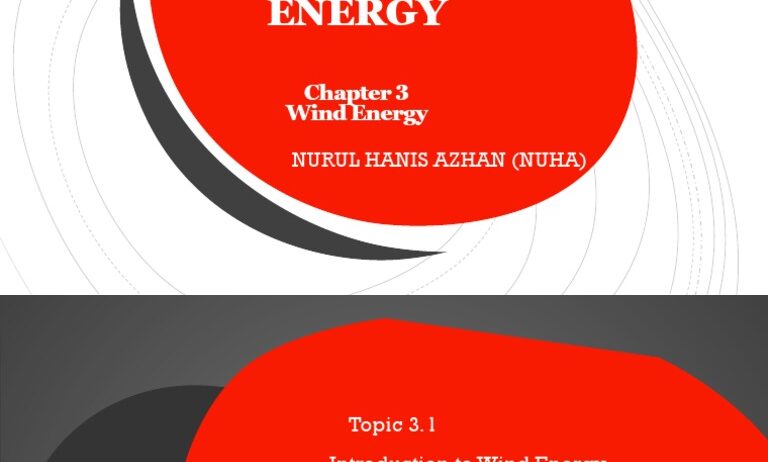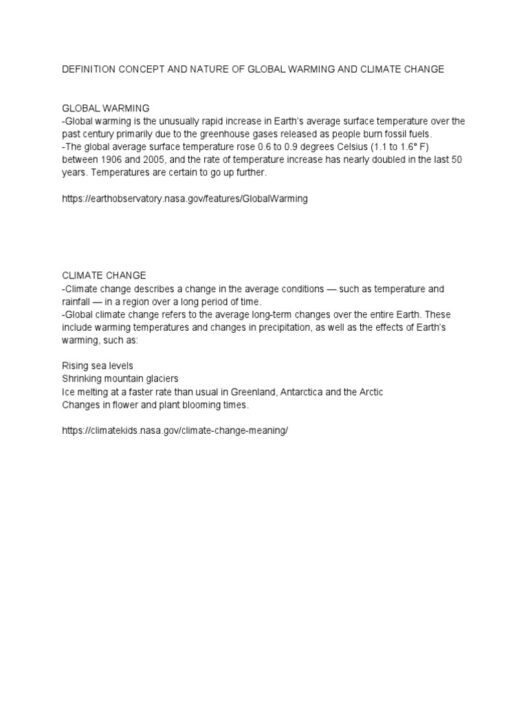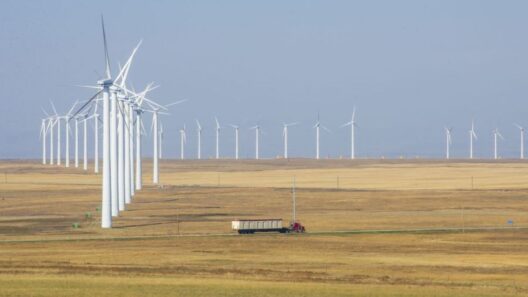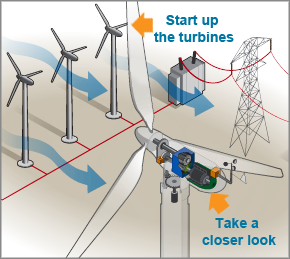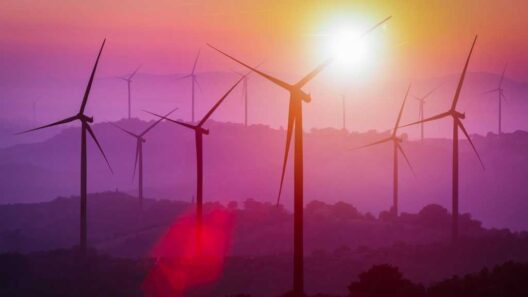Wind energy, the kinetic energy derived from air movement, stands as one of the most promising renewable energy sources in our arsenal against climate change. As we look toward sustainable futures, it is essential to comprehend how wind power functions, its benefits, the technological innovations harnessing it, and its aesthetically captivating presence on our landscapes. This comprehensive guide endeavors to elucidate the multifaceted world of wind energy, shedding light on its intrinsic value and the artistry it brings to the natural environment.
Understanding the Mechanics of Wind Energy
At its core, wind energy is generated through the conversion of wind’s kinetic energy into usable electrical power. Wind turbines, towering structures that can reach heights comparable to skyscrapers, play a pivotal role in this transformation. As the wind gusts across the blades of these turbines, it causes them to rotate, thereby driving a generator that produces electricity. This process, known as aerodynamics, relies on the principles of lift and drag, similar to the mechanics of flight.
The fundamental components of a wind turbine include its rotor, which catches the wind; the nacelle, housing the generator; and the tower, elevating the rotor to optimal wind-catching heights. Advanced technology allows turbine blades to be constructed from lightweight yet durable materials, enhancing efficiency and longevity. Energy generation does not occur uniformly; thus, turbines are carefully sited in locations with consistent wind patterns, such as coastal regions or open plains, where the atmosphere’s currents are strongest and most reliable.
The Evolution and Innovations in Wind Technology
The journey of wind energy technology has been replete with remarkable innovations and advancements, transitioning from rudimentary windmills used for mechanical tasks to sophisticated turbine systems that underpin modern energy infrastructure. Enhancements in turbine design, such as vertical-axis turbines and offshore wind farms, have broadened the scope and efficiency of power generation.
Offshore wind farms, for instance, offer a staggering capacity due to higher and more constant wind speeds over water compared to land-based turbines. These gargantuan structures create striking seascapes, blending industrial design with natural beauty. The aesthetic appeal of tall, white turbines spinning gracefully against the backdrop of blue oceans or sunset-colored skies transforms landscapes into stunning vistas while contributing significantly to sustainable energy solutions.
Another significant leap in wind technology is the incorporation of smart grid systems. These systems optimize energy distribution, ensuring that power generated by wind is effectively channeled to where it is needed the most, thereby enhancing reliability. Additionally, the integration of energy storage systems balances supply and demand, addressing the intermittency challenges often associated with renewable energy sources.
The Environmental Impact: A Cleaner Tomorrow
The environmental advantages of utilizing wind energy are substantial. Unlike fossil fuels, wind energy is inexhaustible and generates no harmful emissions during the production of electricity. This characteristic markedly reduces the carbon footprint associated with energy consumption. As cities and nations strive to meet ambitious carbon neutrality targets, wind power stands as a linchpin in the transition to a sustainable energy landscape.
Furthermore, wind energy contributes to job creation. The burgeoning wind industry has fostered numerous employment opportunities in manufacturing, installation, maintenance, and research sectors. Rural areas, in particular, can experience economic revitalization through wind energy initiatives, harnessing local resources to foster job growth and stimulate community development.
However, it is essential to consider the ecological implications of wind farms. While the impact on wildlife, particularly birds and bats, is a valid concern, ongoing research is dedicated to mitigating these effects. Innovations such as turbine design alterations and strategically placed wind farms help to reduce avian fatalities, emphasizing the industry’s commitment to harmony with nature.
Wind Energy’s Aesthetic Appeal: Merging Art and Engineering
The visual impact of wind turbines is often a point of discussion. Critics argue that these structures mar the beauty of pristine landscapes, while advocates delight in their modern artistry and elegance. The impression of large, white blades turning gracefully amidst rolling hills or vast oceans possesses an allure that can inspire marvel and contemplation. Architectural design within the wind energy sector continues to evolve, with efforts to create aesthetically pleasing turbines that blend seamlessly into their surroundings.
As the world embraces a more sustainable ethos, the cultural significance of wind energy grows. Artists, architects, and designers are increasingly drawing inspiration from the graceful motions of wind turbines and their symbiotic relationship with environmental conservation. The fusion of artistic vision and cutting-edge technology is reshaping our perceptions of energy infrastructure, presenting wind power as not just a necessity but as a potential icon of modern ecological stewardship.
Future Perspectives: The Horizon of Wind Energy
Looking ahead, the potential for wind energy is boundless. With continued advancements in technology, such as aerial drone surveys for wind resource assessment and enhanced turbine efficiencies, the ability to harvest wind energy will only improve. As societal attitudes shift towards embracing renewable solutions, policies and investments in wind energy will likely proliferate, signifying a collective commitment to a sustainable future.
In conclusion, wind energy represents a harmonious blend of nature and human ingenuity, offering an elegant pathway toward a cleaner, more sustainable future. By understanding its mechanics, appreciating its aesthetic impact, and acknowledging its environmental benefits, we can foster a deeper appreciation for this remarkable energy source. As the world advances toward a renewable energy paradigm, wind power will undoubtedly play a crucial role in creating a resilient and sustainable energy landscape.

